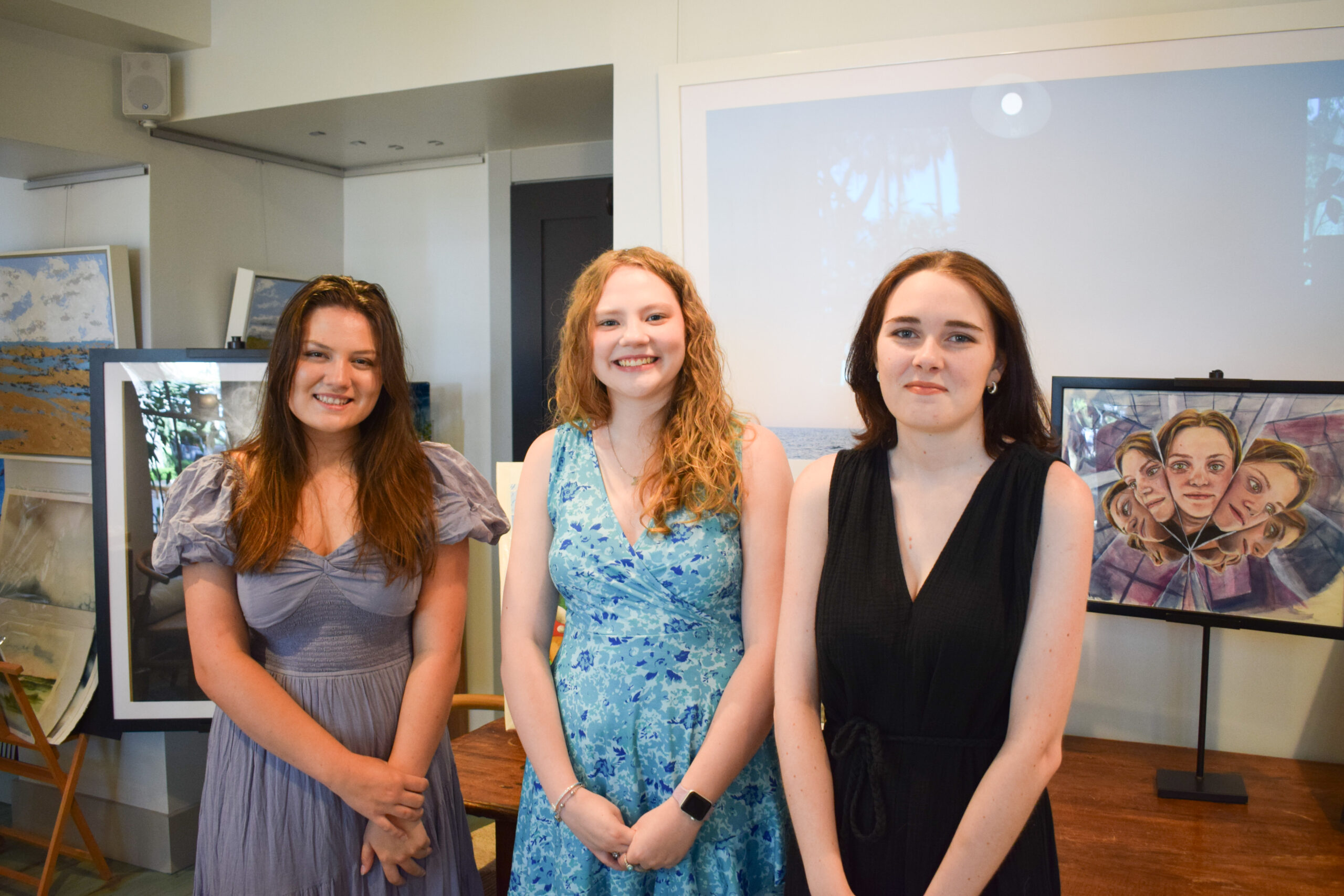Palmetto Bluff Real Estate Company Sales Office
Office Hours
Monday-Friday 9am - 5pm
Saturday 9am - 4pm
Sunday 12 - 4pm
Saturday 9am - 4pm
Sunday 12 - 4pm
It’s as hard to define Panhandle Slim’s journey as it is to define his art.
His work, painted on found materials and scraps of wood, at first glance seems to hum with both a childlike innocence and a punk rock sense of defiance. Looking as much like finger painting as fine art, they nonetheless transfix the viewer with their vivid imagery and simple linework. But then you take another look and see that even though each line forms the simplest of arcs, they capture something in the subject you may have never seen.
It could be a famous face such as Martin Luther King Jr. or Jimmy Carter or a lesser-known muse such as Ben Tucker or Kim Gordon. No matter their notoriety, each looks forth from a Panhandle Slim painting like an icon of a lost age. Like something out of Ozymandias, only their words remain.
From beside her steady gaze, Maya Angelou’s timeless words from “Love Liberates,” “I’m thankful to have been loved and now be able to love,” float in childlike red lettering against a yellow backdrop. Beside the cartoonishly soaring updo of Dolly Parton reads, “Find out who you are. And do it on purpose.” And you’ll find countless variations of the late Justice Ginsberg declaring, “I dissent.”
As an oeuvre, it’s a very simple format, one found on memes across the internet. Which is part of what makes Panhandle Slim such a perfect artist for the moment.
“This simple art that I do connects with people,” he said. “I’ve never been formally trained. It still feels funny to be called an artist. It’s nice, but I didn’t plan on it.”
Whether he finds it funny or not, Panhandle Slim is an artist. And the effortlessly nontraditional streak that informs his art has taken on a few variations along the way.

Palmetto Bluff’s Moreland Village feels a world away from the more traditional architecture of the iconi...

We are thrilled to introduce the inaugural winners of the Inspiring the Arts Scholarship—three extraordinary young women pursuing their artistic dreams through higher education! Katherine Donahue has been named our first official scholarship recipient, wit...

From handmade jewelry to performance wear, the latest arrivals at Palmetto Bluff’s retail spots capture the season in true Lowcountry style. This summer, the Bluff’s shops are full of fresh finds, carefully chosen by our trusted retailers—including FLOW Galler...

Citizen Science is Thriving at Palmetto BluffDid you know that residents of Palmetto Bluff are playing a vital role in national and global conservation efforts—all from their backyard?Through the Palmetto Bluff Conservancy’s growing Citizen Science programs, c...

In October 2024, Grammy Award-winning musician Clay Ross visited Palmetto Bluff as part of The Arts Initiative's Artist in Residence Program. Through storytelling and song, he explores identity, heritage, and the universal language of sound. By Barry Kaufman ...

Palmetto Bluff Club Executive Chef Beth Cosgrove and Director of Culinary, Chef Rhy Waddington, Cook Up Four Peachy Recipes for a Summer in the South. Is there anything more iconic than a southern peach? A symbol of summer and Southern heritage, the peach car...

Following the tides and angling for redfish in Lowcountry creeks and estuaries with Captains Brian Vaughn and Will Stephens Story by Sandy Lang It is a sunny morning in October and the water is calm and glassy. The silence is punctuated by a gush of breath f...

7 Ways To Upkeep Your Palmetto Bluff Home As spring arrives in the Lowcountry, the change in season brings more than blooming marshlands and sun-drenched afternoons; it’s also a perfect time to refresh and care for your Palmetto Bluff home. Coastal living mea...

When the land speaks, you listen. And at Palmetto Bluff, it spoke to two of golf’s most legendary course designers—Bill Coore and Ben Crenshaw. We invite you to watch our newest video, shot this past winter and featuring Bill and Ben, along with South Street P...

5 Renovations to Increase the Value of Your Lowcountry Home Whether Palmetto Bluff is your full-time residence or a cherished retreat, deciding to sell is never a quick or casual choice. However, when the time does come, you want your home to be as market-rea...
Learn about the Palmetto Bluff Conservancy and how we keep the vision of our land in place.
On land or water, there is an ever-evolving variety of activities.
We do not attempt to independently verify the currency, completeness, accuracy or authenticity of the data contained herein. All area measurements and calculations are approximate and should be independently verified. Data may be subject to transcription and transmission errors. Accordingly, the data is provided on an “as is” “as available” basis only and may not reflect all real estate activity in the market”. © [2023] REsides, Inc. All rights reserved. Certain information contained herein is derived from information, which is the licensed property of, and copyrighted by, REsides, Inc.